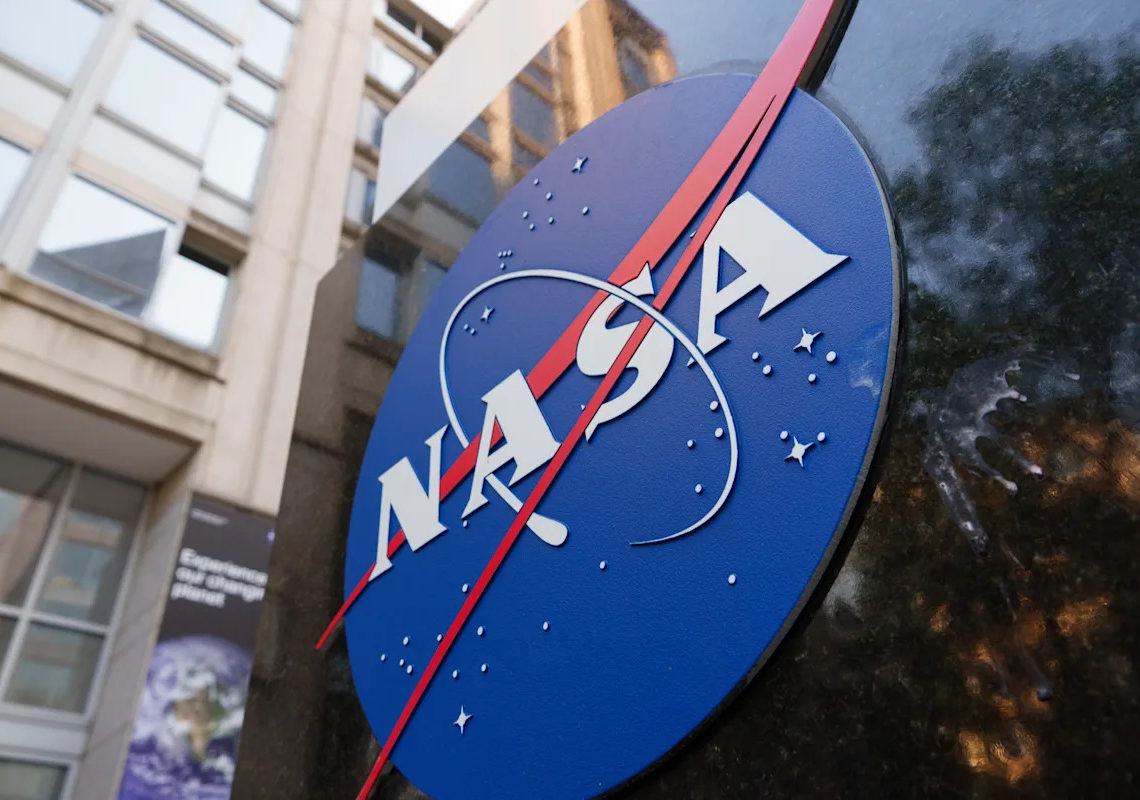At least 2,145 senior-ranking NASA employees are set to leave under a push to shed staff, according to documents obtained by POLITICO — potentially spelling trouble for White House space policy and depriving the agency of decades of experience.
The 2,145 employees are those in GS-13 to GS-15 positions — senior-level government ranks that are typically reserved for those with specialized skills or management responsibilities. The losses are particularly concentrated at higher levels, with 875 GS-15 employees set to leave, according to the documents.
Those 2,145 employees, in turn, make up the bulk of the 2,694 civil staff who have agreed to leave NASA under a slate of offers that fall within broader administration efforts to trim the federal workforce, according to the documents. NASA has offered staff early retirement, buyouts and deferred resignations.
Many of those leaving also serve in NASA’s core mission sets, according to the documents. Those leaving include 1,818 staff serving in mission areas like science or human space flight, with the rest performing mission support roles like IT, facilities management or finance.
“You’re losing the managerial and core technical expertise of the agency,” said Casey Dreier, chief of space policy at The Planetary Society. “What’s the strategy and what do we hope to achieve here?”
The departures follow a proposed White House budget for 2026 that would slash NASA’s funding by 25 percent and cut over 5,000 staff. The cuts, if enacted by Congress, would force the agency to operate with the smallest budget and staff since the early 1960s.
The losses are spread across each of NASA’s 10 regional centers, where much of the agency’s work is done and which focus on everything from planning astronaut missions to the moon to sending out deep space probes.
The Goddard Space Flight Center in Maryland is set to lose the most staff at 607; Johnson Space Center in Texas will lose 366 staff; Kennedy Space Center in Florida will lose 311; and NASA headquarters in Washington will lose 307. Langley Research Center in Virginia will lose 281, Marshall Space Flight Center in Alabama will lose 279, and Cleveland’s Glenn Research Center will lose 191 staff.
In some instances, the cuts are aligned with White House goals. While losses at Goddard may seem high, for example, the White House in fact hopes to cut 1,414 staff at the science-focused center.
The rate of departures at other centers, however, suggests that the White House may end up losing staff who are key to their plans to send astronauts to the moon by mid-2027 and later to Mars. Both missions are technically complex and logistically complicated, with much work still yet to be done.
At Johnson, home of NASA’s human space flight operations, 366 staff are set to leave, or nearly all of the 419 staff the White House envisioned cutting in its 2026 budget. At Kennedy, home to NASA’s primary rocket launch site, 311 have left out of a White House target of 504. With NASA still accepting deferred resignations, more could easily leave.
“NASA remains committed to our mission as we work within a more prioritized budget,” said NASA spokesperson Bethany Stevens. “We are working closely with the Administration to ensure that America continues to lead the way in space exploration, advancing progress on key goals, including the Moon and Mars.”
Even small losses, meanwhile, have a large impact. NASA’s legislative affairs staff, which helps answer questions from Congress on the agency’s mission, is seeing five staffers leave. That office typically numbers around 35, meaning a staff reduction of nearly 15 percent, according to a former staffer, granted anonymity to discuss staffing levels.
A second NASA staffer departing the agency, granted anonymity to discuss their decision, said the large percentage of people leaving their office would likely affect operations. “It’s very significant,” he said. “It’s leaving us with a lot of experience drain.”
The departing staffer described their decision to leave as influenced in part by fear of the proposed NASA budget cuts and the lack of a Senate-approved NASA administrator: “Things just sound like it’s going to get worse.”
The 2,694 civil servants who have left are just half of the total cuts the White House wants to see, opening the door for involuntary cuts if more employees don’t participate in the deferred resignation program, which runs through July 25.
The White House’s proposed cuts to staff and budget are not yet law, of course, and the appropriators in Congress could reject the White House’s vision for NASA. The Senate Commerce Committee, which covers NASA, signaled it supported retaining staff in a bill issued in March.
However, even if Congress decides to reject the White House cuts, the agency may have a hard time getting employees back. NASA employees with relevant skills can work for the growing number of space companies with higher salaries or could leave for non-space industries that see their skills as valuable, like companies engaged in robotics.
The NASA employee taking the deferred resignation forecast that those departing would create a lack of leadership in years to come: “There’s going to be a pretty notable gap of that ‘next-up’ cohort,” he said.
The post Over 2,000 senior staff set to leave NASA under agency push appeared first on Politico.



